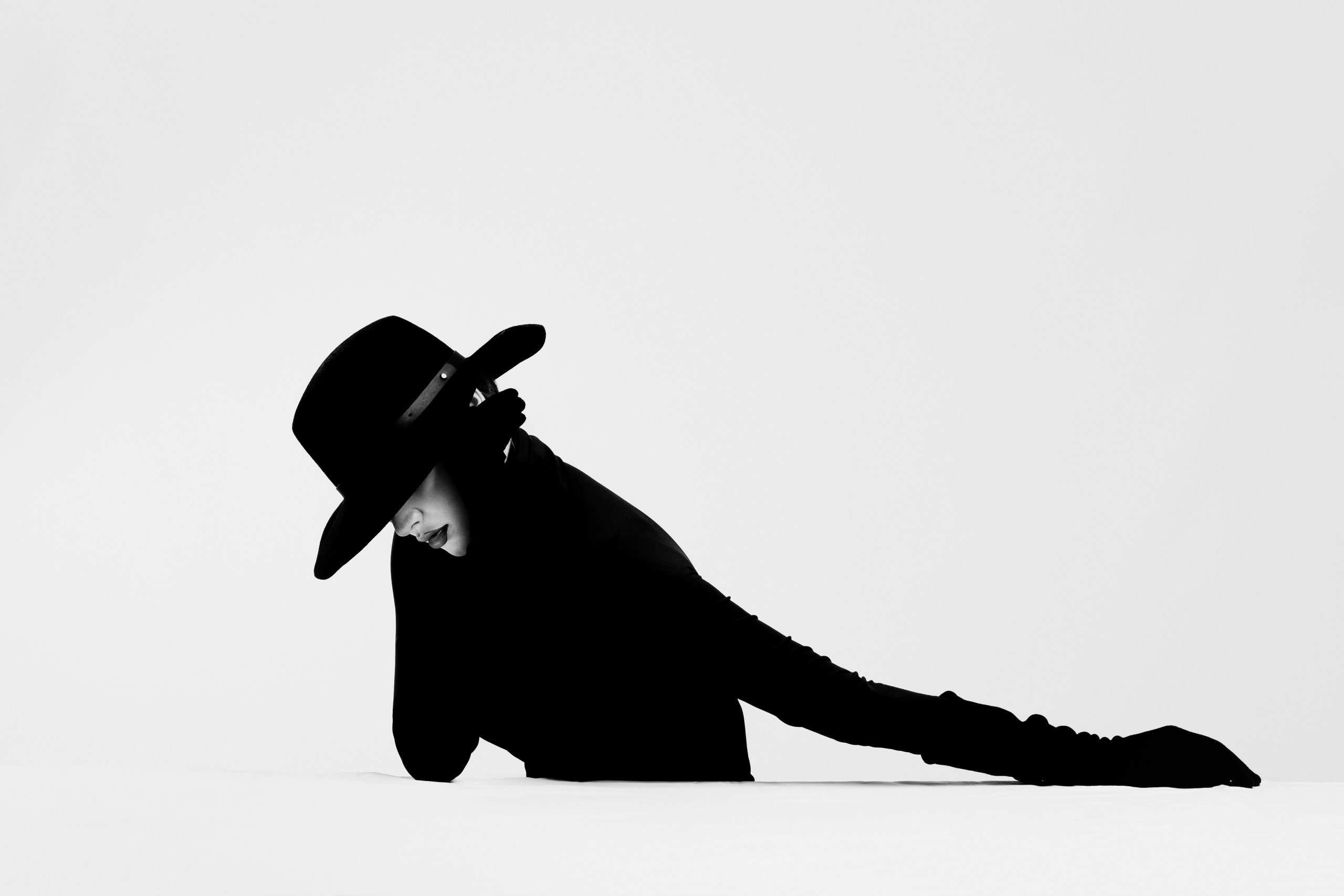Runway Narratives: The Evolution of Modern Fashion
The fashion industry is a constantly evolving landscape, with trends coming and going at a rapid pace. One of the most influential factors behind these shifts is the runway narrative. It is the story that designers tell through their collections, and it has the power to shape the entire fashion landscape. In recent years, there has been a significant transformation in runway narratives, reflecting the changing attitudes and values of modern fashion. From the traditional catwalk to the digital realm, let’s explore the evolution of modern fashion through runway narratives.
The Traditional Catwalk
The early days of fashion shows were all about showcasing the designer’s garments on models walking down the runway. These shows were exclusive events, attended only by industry insiders and the elite, with strict invitations and dress codes. The focus was on the presentation of the clothes, and the runway was the primary medium for this. The models were expected to maintain an air of aloofness and detachment, allowing the clothes to be the main attraction.
The Rise of Luxury and High Fashion
In the 1920s, fashion shows became more elaborate, with lavish sets and choreographed presentations. Designers like Coco Chanel and Christian Dior paved the way for high fashion and luxury brands to dominate the runway. This led to an increase in the exclusivity of fashion shows, with only a select few attending. The runway became a symbol of status and established the concept of “aspirational fashion” – clothing that was aspirational and inaccessible to the average consumer.
The Birth of Ready-to-Wear
In the 1950s, the ready-to-wear revolution began, and fashion shows shifted their focus from exclusivity to accessibility. Designers like Yves Saint Laurent and Courrèges started showcasing their collections in department stores and boutiques, making high fashion more accessible to the general public. This democratization of fashion not only made it more attainable but also gave rise to the concept of “instant fashion,” where trends could be bought and worn immediately.
The Digital Revolution
With the advancement of technology and the rise of the internet, the fashion industry experienced a significant shift in runway narratives. The rise of social media, influencers, and live streaming of fashion shows has made it possible for anyone to have a front-row seat to the latest collections. This has not only expanded the audience but also changed the way designers present their collections.
Instant Gratification and Consumer Engagement
Social media has made fashion shows more accessible and democratic. Designers are now focusing on engaging the audience and creating buzz around their collections. Instead of just showcasing their creations, fashion shows have become a form of entertainment, with extravagant sets, music, and performances. This has also given rise to the concept of “see now, buy now,” where collections are available for purchase immediately after they are shown on the runway.
Inclusivity and Diversity
In recent years, there has also been a much-needed push for inclusivity and diversity on the runway. Designers are now using a diverse range of models, sizes, and ages to represent their collections. This is not only a reflection of society but also a move towards creating more inclusive and representative fashion narratives.
The Future of Runway Narratives
The fashion industry is constantly evolving, and so are the runway narratives. As technology continues to advance, we can expect to see more innovative ways of presenting collections, from virtual reality to holographic shows. The focus on sustainability and ethical practices may also impact the way designers approach their runway presentations, bringing the issue to the forefront and incorporating it into the narrative. However, one thing is for sure, the runway will continue to be a powerful medium for designers to tell their stories and influence the fashion world.
Conclusion
The evolution of modern fashion is intricately intertwined with the changes in runway narratives. From the traditional catwalk to the digital realm, designers have used the runway to showcase their collections and shape the fashion landscape. With inclusivity, accessibility, and innovation at the forefront, the future of runway narratives holds endless possibilities. It will be exciting to see how fashion shows continue to transform and evolve in the coming years.











